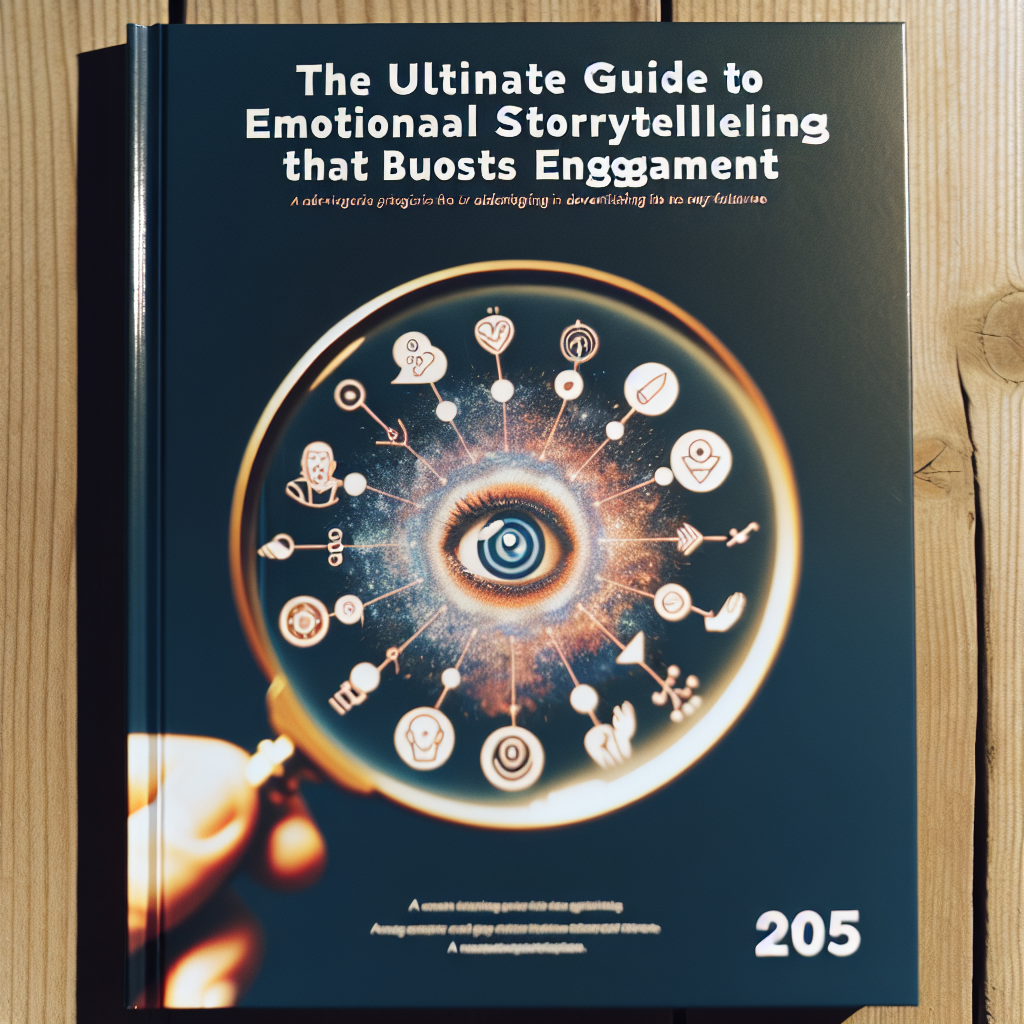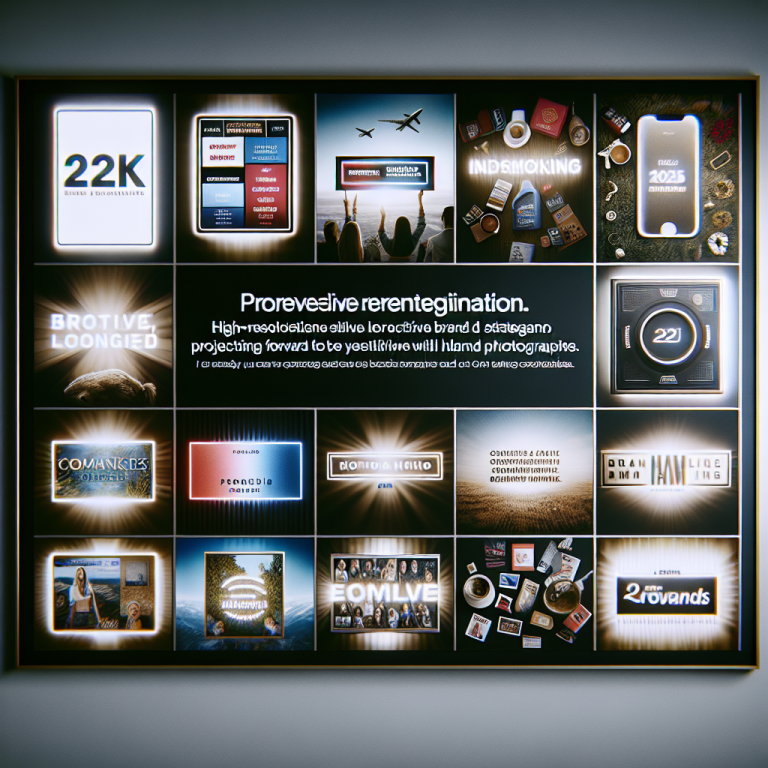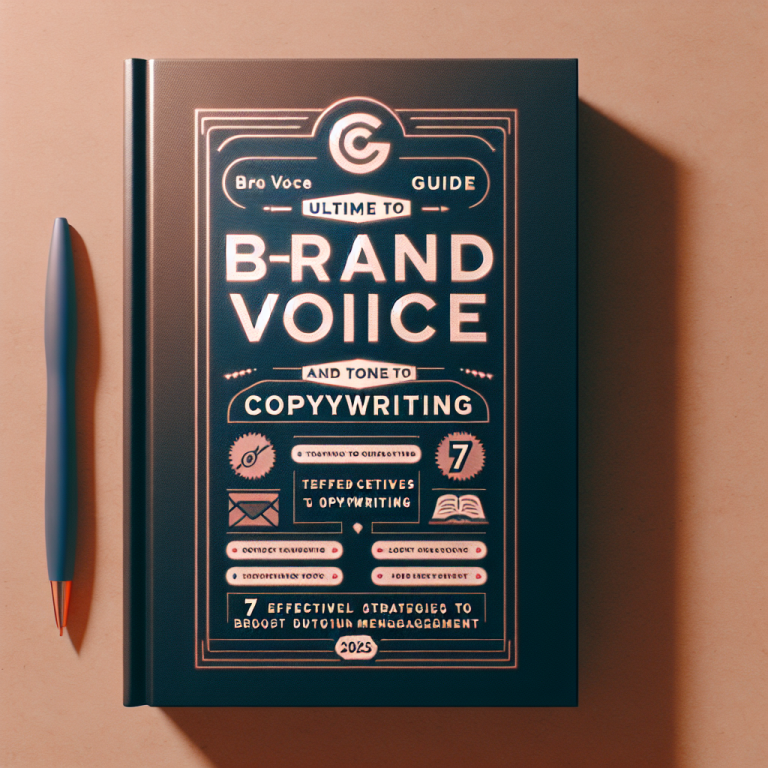The Ultimate Guide to Emotional Storytelling in Advertising That Boosts Engagement in 2025
- 1. Understanding Emotional Storytelling in Advertising
- 2. The Psychology Behind Emotional Engagement
- 3. Crafting Authentic Emotional Narratives
1. Understanding Emotional Storytelling in Advertising
What is Emotional Storytelling in Advertising?
Emotional storytelling in advertising refers to the art of crafting brand messages that evoke genuine feelingsâsuch as happiness, nostalgia, empathy, or inspirationâto forge a stronger connection with the audience. In 2025, this approach has become more vital than ever, as consumers seek authentic experiences over traditional marketing pitches.
By integrating storytelling that appeals to emotions, brands can create memorable campaigns that resonate deeply, encouraging loyalty and advocacy. Unlike straightforward product descriptions, emotional storytelling taps into the audience’s core values and desires, making the message stick.
For example, in 2025, successful campaigns often leverage stories of social impact or personal transformations, making viewers feel involved and motivated to act, whether to buy, share, or support a cause.
Why Emotional Storytelling Matters Today
In today’s saturated marketplace, consumers are bombarded with countless advertisements daily. To stand out, brands need to create emotional connections that go beyond superficial messaging. Emotional storytelling in advertising helps brands differentiate themselves by creating narratives that matter on a personal level.
Research from 2025 shows that emotionally connected customers are twice as likely to recommend brands to others and exhibit higher lifetime value. This underscores the importance of weaving emotion into advertising strategies to boost engagement and conversion.
When done authentically, emotional storytelling fosters trust and builds a community around your brand, essential elements for sustained growth in 2025’s dynamic environment.
2. The Psychology Behind Emotional Engagement
The Role of Emotions in Decision-Making
Humans are inherently emotional creatures, and our decision-making processes are heavily influenced by feelings rather than logic alone. In 2025, understanding this psychology is crucial for advertisers aiming to boost engagement through emotional storytelling in advertising.
Studies reveal that emotional responses can be up to 5 times stronger than rational thoughts, making emotional hooks incredibly powerful. For example, ads that evoke joy or empathy often lead to higher recall and sharing.
Effective campaigns tap into universal emotions, creating stories that viewers can relate to, thereby increasing the likelihood of positive brand association and purchase intent.
How Emotional Narratives Influence Memory and Brand Recall
Memories tied to emotions tend to last longer and be more vivid. In 2025, brands leverage this fact by designing narratives that leave a lasting impression, ensuring their message stays top-of-mind.
Using storytelling elements such as relatable characters and compelling conflicts aids in embedding the brand message into the audience’s emotional memory bank.
For instance, a heartfelt story about overcoming adversity associated with a product can lead to increased brand recall and loyalty, especially when the story aligns with the audience’s values.
3. Crafting Authentic Emotional Narratives
Elements of a Compelling Emotional Story
Creating authentic emotional narratives requires a deep understanding of your audience’s values, fears, aspirations, and pain points. In 2025, successful campaigns focus on sincerity and relatability rather than gimmicks.
Elements such as relatable characters, real-life scenarios, and clear moral lessons help craft stories that resonate. Incorporating authenticity builds trust and encourages sharing.
For example, brands that share genuine stories of employee growth, customer success, or community involvement tend to perform better emotionally. Authenticity is the cornerstone of effective storytelling in 2025.
Strategies for Developing Your Emotional Storytelling Skills
To improve your emotional storytelling in advertising, start with empathyâtruly understand your target audience. Conduct interviews, gather feedback, and analyze consumer data to find stories that genuinely matter.
Utilize storytelling frameworks like the heroâs journey or problem-solution narratives to structure your stories effectively. Keep the tone authentic and consistent with your brand voice.
Regularly test and refine your stories based on audience reactions and engagement metrics. In 2025, agility and authenticity are key to staying relevant.
4. Leveraging Digital Platforms for Emotional Impact
5. Using Visuals and Audio to Enhance Emotional Storytelling
Frequently Asked Questions About Emotional Storytelling in Advertising
Q1: What is emotional storytelling in advertising?
Emotional storytelling in advertising refers to the technique of crafting brand stories that evoke genuine feelingsâsuch as happiness, empathy, or nostalgiaâto create a deeper connection with the audience. It’s a powerful way to enhance engagement and brand loyalty in 2025.
Q2: How can I make my advertising stories more authentic?
Focus on real experiences, transparent messaging, and relatable characters. Authentic stories resonate more deeply and foster trust. Collect feedback, understand your audienceâs core values, and incorporate genuine testimonials or behind-the-scenes looks.
Q3: Why is emotional storytelling in advertising important in 2025?
In 2025, consumers seek meaningful connections with brands. Emotional storytelling helps brands stand out in a crowded digital landscape by creating memorable, heartfelt narratives that inspire loyalty and drive engagement.
Q4: How can I measure the effectiveness of emotional storytelling?
Track engagement metrics such as share rates, comments, and emotional reactions on social media. Use surveys and sentiment analysis to gauge emotional impact, and analyze changes in brand perception and customer loyalty over time.
Conclusion
Emotional storytelling in advertising is more than a trendâit’s a fundamental strategy to build genuine connections with your audience in 2025. When you craft authentic narratives that evoke emotions, you foster trust, inspire action, and strengthen brand loyalty. Remember, the most successful campaigns are rooted in understanding and authenticity, making your stories resonate on a personal level. Embrace the power of emotional storytelling in advertising today and watch your engagement soar!









